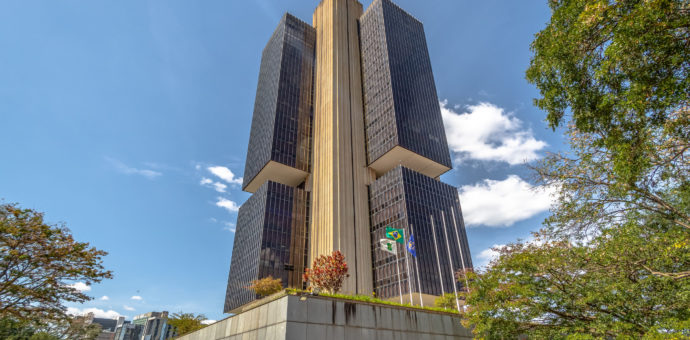The Central Bank of Brazil put into operation on Wednesday (1/4) the Pier platform, which uses blockchain to expedite financial authorizations. In practice, the system allows you to instantly share information contained in databases of different organs. Pier stands for Regulatory Authorities’ Information Integration Platform.(Plataforma de Integração de Informações das Entidades Reguladoras)
Initially, the system integrates the bases of the Central Bank, the Brazilian Securities and Exchange Commission (CVM) and the Superintendence of Private Insurance (Susep). The National Superintendence of Supplementary Pension (Previc) should also be part of the system.
Brazil Central Bank platform Pier will allow, for example, the consultation of data from punitive processes and restrictions of companies and administrators, for the investigation of creditworthiness through a blockchain. It will also be available the history of performance in the financial system and information on the participation of individuals and legal entities in the share capital and in the shareholding control, for the purpose of compliance with legislation.
With the automation, queries that could take up to a month will start to occur in seconds. A query previously made between two regulators through official letter, now happens online. For example, the investigation of the reputation of a member elected to statutory office in a financial institution, among others. With the CPF (Individuals’ Taxpayers Registry) of the person who will occupy the position, an instant scan is made in all databases of regulators.

Central Bank blockchain platform can integrate with other databases
The blockchain platform launched by the Central Bank may also in the future integrate bases from outside the financial system. For example, information from the judiciary, trade boards and international financial stability bodies.
“Building the Pier, using blockchain, allows you to use a decentralized, tested technology whose native functionalities make it possible to build the system from scratch”, explains Eduardo Weller, platform manager for software’s solutions, from Central Bank.
The system also ensures authenticity of the messages exchanged, impossibility of corrupting the recorded data, updates that do not depend on a central entity, and elimination of single point of failure.







